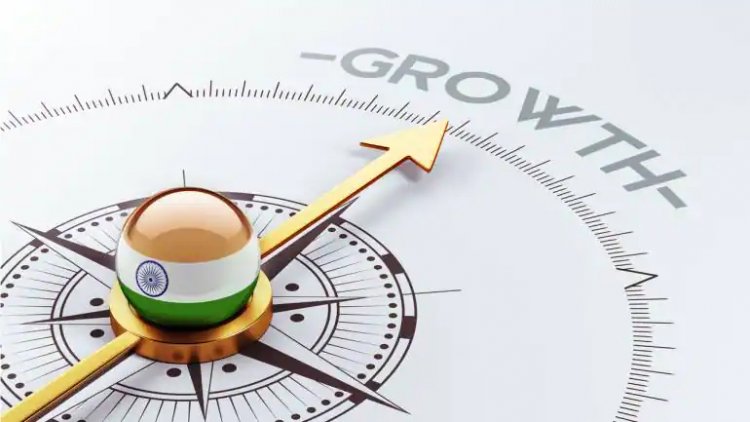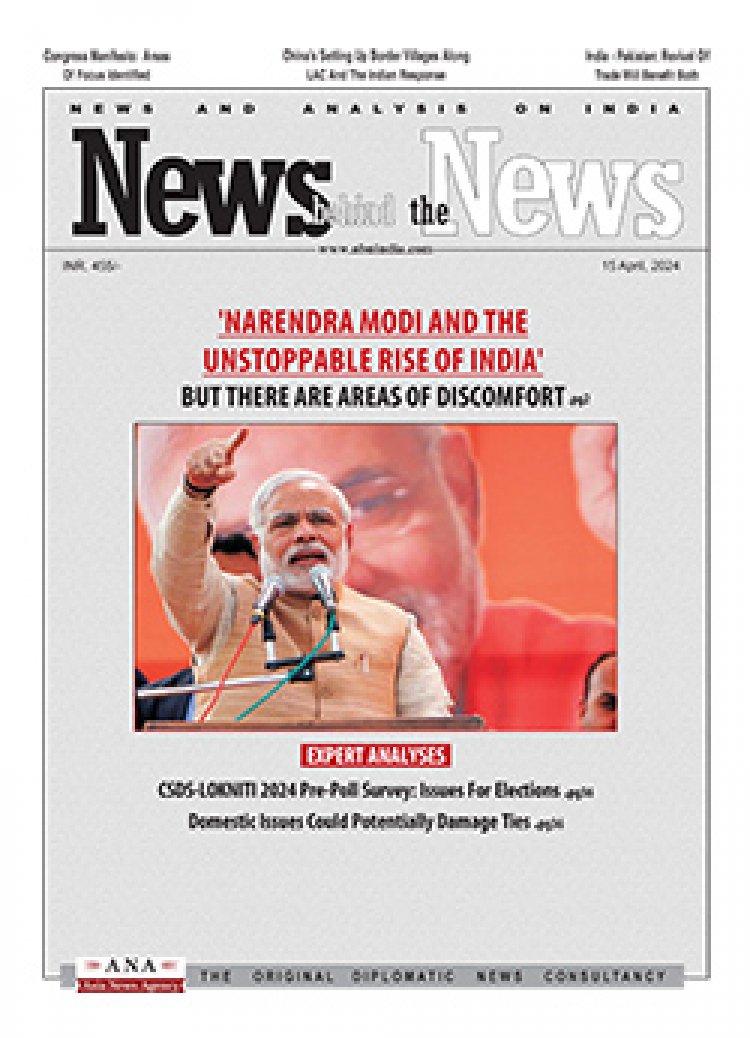India’s Growth Story: Good for Now; Question Mark for the Next Year
STORIES, ANALYSES, EXPERT VIEWS

It is apparent that the global slowdown has not really arrived in India. Investments in factories, roads, and other fixed assets are just shy of 35% of domestic output; they haven’t been this high in 10 years. This is the view of Andy Mukherjee, Bloomberg. Loan demand is growing so fast that deposits can’t keep up.
There are many factors driving India’s animal spirits, but “the other oft-cited reason is what multinational corporations refer to as their ‘China+1’ strategy….”
Global manufacturers’ “search for risk mitigation is bringing them to the second-most-populous nation, which is offering generous subsidies for making everything from semiconductors and solar panels to electric-vehicle batteries and textiles. It’s a compelling combination of push and pull.
The happy story: But, cautions Mukherjee, “China+1 is not going to be of much help in averting a near-term economic slowdown. For one thing, the ramp-up in capital expenditure has been driven by the federal government. Persistent above-target inflation gave it extra tax resources, and it pumped them into infrastructure. The private sector followed suit, even though it faced a margin squeeze from not being able to fully pass on higher costs to consumers. India’s banks, eager to bulk up their post-pandemic asset books, have been more than willing to help firms tide over their cash-flow crunch. As a result, the combined capital expenditure by the federal and state governments as well as large publicly traded companies this fiscal year may exceed 21 trillion rupees ($258 billion), double the annual investment rate between 2016 and 2018, according to ICICI Securites.”
The flipside: But Mukherjee says there a “flipside to this happy story, though. Now that the pent-up consumption from the pandemic is exhausted, the double whammy of high inflation and indirect taxes — the source of buoyant government revenues — is starting to pinch average- and low-income households.”
Nomura’s consumption tracker fell from 11 percentage points above its pre-pandemic reading in the June quarter to below that level in October. “It’s hard to see 2023 as a great year for the urban middle-class as global tech-industry layoffs affect jobs and capital availability for startups. Rural demand is anyway sluggish, according to consumer-goods companies."
Also, “the supply chains India is hoping to set up from scratch by throwing subsidies at investors — and offering them the protection of high tariff barriers — are a long-term gamble. Only 15% of the $33 billion in private investment approved by the government under its production-linked incentive program has fructified so far; fewer than 200,000 jobs were created as of September, compared with expectations of around 6 million, according to official data cited in an article on Quint, a news website. Even if the West’s estrangement with China deepens, or if the much-anticipated end to President Xi Jinping’s Covid-19 policies gets postponed, there’s nothing to suggest that private investment will do much heavy lifting for India next year.
“That’s also because exports are starting to slow down for most Asian suppliers: Shipments out of India hit a 20-month low in October. The recent GDP data shows clear signs of the country’s industrial sector losing momentum. The unemployment rate has risen to 8%.”
In short, “the growth outlook for India next year is subdued. Just how tough it could get depends on how badly the global economy sputters…..”















